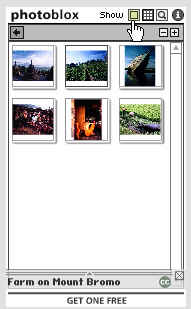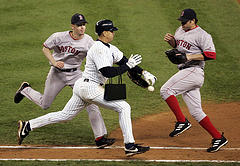Scott Mace met David Temkin and I at OSCON to conduct a short podcast interview. The result is now available on the IT Conversations site. It’s part of an intriguing podcast series called “Opening Move with Scott Mace”
A descriptive synopsis from the IT Conversations web site:
“Before AJAX (Asynchronous JavaScript and XML) had a name, there was Laszlo Systems, a software tools developer using AJAX-like methods along with Macromedia’s Flash Player to deliver richer Web experiences. In this conversation with Laszlo founder/CTO David Temkin, learn why he chose the Flash Player as a platform and why Laszlo went open source choosing IBM’s Common Public License. What is planned for Laszlo Mail and Laszlo Calendar and how he plans to leverage rich client environments other than Flash Player.”
It’s a nuanced ramble on the genesis, status and future of OpenLaszlo. Ideal iPod listening for the home commute :-).










